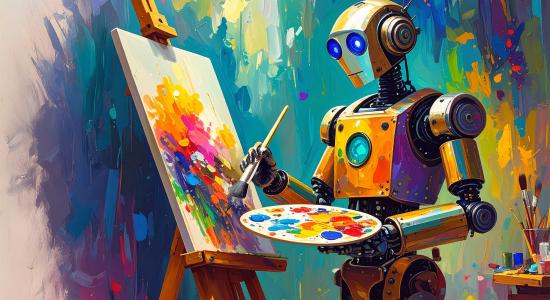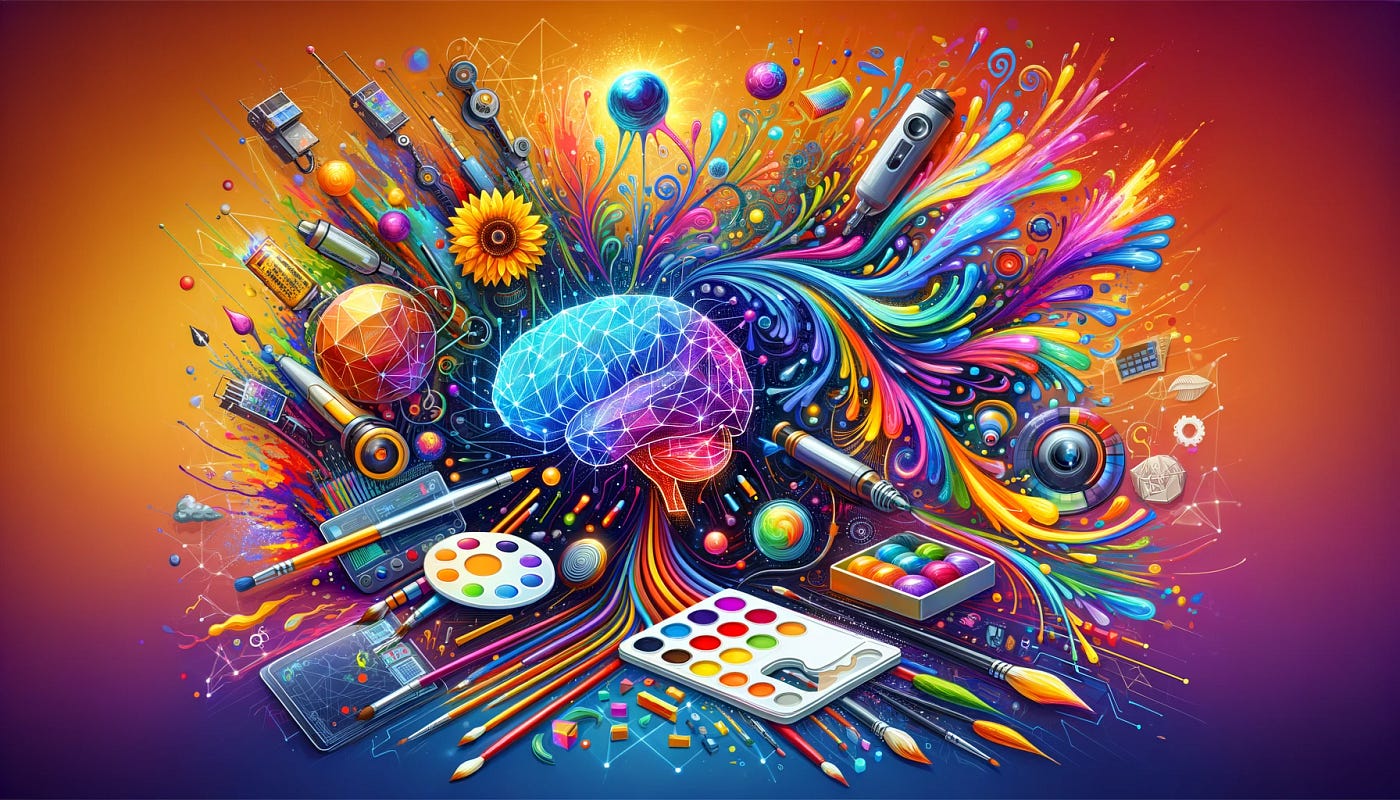Artificial Intelligence (AI) is no longer just a tool for automation—it has become a creative force in the art world. In recent years, AI has made significant breakthroughs in how art is created, analyzed, and experienced, pushing the boundaries of what we consider possible in artistic expression.
What Are the Breakthroughs in AI in Art?
Breakthroughs in AI art involve the development of advanced algorithms and creative models that can generate, collaborate, and innovate in ways that were previously unimaginable. These innovations are reshaping the relationship between technology and creativity.
Key Breakthroughs in AI and Art
Text-to-Image Generation
One of the most groundbreaking advancements is the rise of text-to-image generation. AI models like DALL·E, Midjourney, and Stable Diffusion can now create highly detailed and imaginative images simply from text prompts. This allows artists and designers to instantly visualize complex ideas and experiment with different creative directions at unprecedented speed.
AI-Generated Videos and Animations
AI has evolved to generate short videos and animations from still images or text inputs. Tools like Runway Gen-2 and Sora by OpenAI are pioneering this space, enabling creators to produce dynamic content without traditional video editing skills.
Hyperrealistic Style Transfer
AI can now seamlessly blend styles from different artists, creating entirely new art forms that combine classical and modern influences. Breakthroughs in neural style transfer have made it possible to preserve texture, color, and detail while transforming the visual tone of an artwork.
Interactive AI Installations
Artists are using AI to build interactive art installations that respond to audience movements, emotions, or even biometric data. These breakthroughs create immersive, evolving art experiences where no two encounters are the same.
AI-Curated Exhibitions
AI is revolutionizing art curation by analyzing patterns, styles, and historical connections at scale. Museums and galleries are leveraging AI to organize exhibitions in innovative ways, sometimes uncovering previously unnoticed relationships between artworks.
Autonomous Creativity
Perhaps the most debated breakthrough is the emergence of autonomous AI artists. Some AI systems can now develop original concepts, refine their style over time, and even sign their own work. This challenges long-standing ideas about authorship, creativity, and the human role in art.
Challenges Behind the Breakthroughs
Despite these advancements, the breakthroughs in AI art come with critical challenges:
- Ethical concerns about originality and fair use of training data.
- Bias in AI models that can inadvertently reinforce stereotypes.
- Debates over artistic authenticity and the value of machine-generated works.
Balancing innovation with responsibility remains essential as AI continues to advance in the art world.
Conclusion
The breakthroughs in AI in art are transforming not just how art is created, but how it is valued, experienced, and shared. From text-to-image generation to AI-curated exhibitions, these advancements offer exciting possibilities while also raising new questions about creativity, ethics, and the future of artistic expression. As AI continues to evolve, it will undoubtedly remain a powerful force shaping the next chapter in the art world.







Leave feedback about this